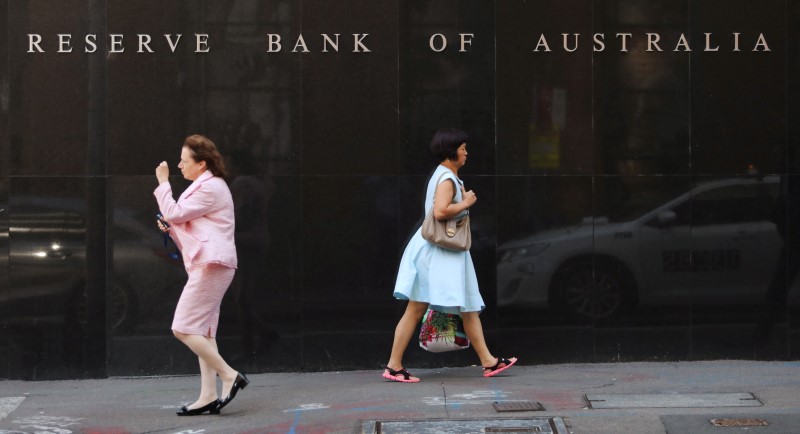By Ambar Warrick
Investing.com-- The Reserve Bank of Australia (RBA) raised interest rates by less than expected on Tuesday as it looks to balance combating inflation and preventing economic headwinds from a sharp rise in lending rates this year.
The bank raised its cash target rate by 25 basis points (bps) to a nine-year high of 2.6%. Analysts were expecting a hike of at least 50 bps.
The Australian dollar reacted negatively to the move, deepening its losses to trade down 0.8% at $0.6468. The currency, like most of its global peers, is under pressure from rising U.S. interest rates, which have boosted the greenback.
But despite the smaller-than-expected hike, the RBA said it expects to keep raising interest rates this year, given that inflation is trending well above its target range.
In a prepared statement, RBA Governor Philip Lowe said inflation is likely to rise in the coming months and end the year at about 7.75%.
“Medium-term inflation expectations remain well anchored, and it is important that this remains the case,” Lowe said. “The Board’s priority is to return inflation to the 2–3% range over time. It is seeking to do this while keeping the economy on an even keel. The path to achieving this balance is a narrow one and it is clouded in uncertainty.”
Lowe expressed concern over the impact of high inflation and interest rates on household spending and consumer confidence, although spending has remained upbeat thanks to a tight labor market.
Australia’s headline inflation rose 6.1% in the year to June, its highest pace in over two decades. The figure is well above the RBA’s annual inflation target range of 2% to 3%, and is expected to remain elevated for the remainder of the year.
The country is struggling with increased food and fuel imports, amid disruptions in the global commodity market. Strength in the labor market has also kept spending steady, increasing inflation.
But resilience in employment also gives the RBA more space to keep hiking rates
